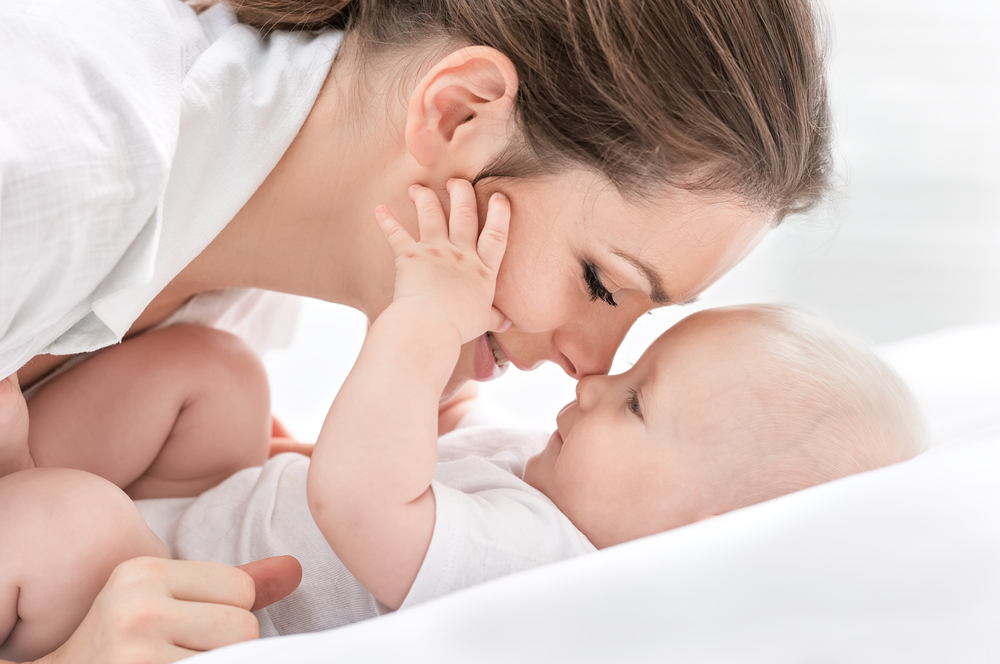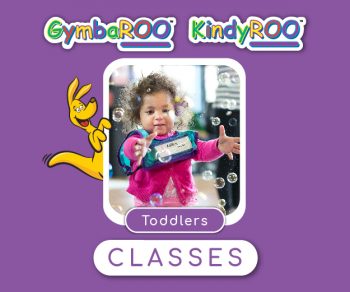Dr Jane Williams, Dr Tessa Grigg and Bindy Cummings
Primitive reflexes are on our minds as Dr Jane and Dr Tessa attend a conference in London with a focus on ‘Movement and Cognition’. The conference participants understand that if babies and young children don’t have the movement opportunities which help them learn to control Primitive reflexes fully, the ‘retained reflexes’ can significantly interfere with later learning and development.
“What is later seen in the classroom as unregulated behaviour, lack of impulse control, poor social skills and difficulty in learning, despite good intelligence, may, in some cases, be symptoms [of retained reflexes and hence] an underdeveloped central nervous system.”1
Babies are all born with a specific set of Primitive reflexes. These reflexes are vital to the survival of newborn babies, but also, and significantly, Primitive reflexes are responsible for getting babies moving and are of major importance to your babies’ brain development and the development of their balance, muscle tone, head control, vision and even the development of how well they use their hands and feet.
These early movement reflexes are designed to have a limited life span. They help babies learn how to move, however, to be able to move freely and easily, babies need to learn to gain control of these reflexes. Once controlled, babies can then move smoothly to the next level of movement and brain development.
If not fully controlled, children could end up being partially ‘stuck’ in a lower stage of brain development, and this will affect, to some degree, all their future learning.
Many healthy, intelligent children who end up with learning difficulties at school have retained reflexes. These children have not yet managed to bring their Primitive reflexes under full control.
Fortunately, the way babies learn to control these Primitive reflexes occurs as a result of going through the normal, natural sequence of developmental movements, that is; through tummy time, head control, learning how to roll, crawl on their tummies, creep on hands and knees, climb and then walk.
It is both fascinating and marvelous how it all happens. Each movement helps babies learn to control one or more of the Primitive reflexes.
If babies skip any of these movement stages, they could be at risk of retaining Primitive reflexes and at risk of learning difficulties.
Our free Baby Reflexes video explains everything you need to know about Primitive reflexes – how they play a part in your baby’s development and what you can do to ensure your baby has the opportunities to control these reflexes fully.
Enjoy this excerpt from this video. If you haven’t already seen it, you can find the full video here: http://activebabiessmartkids.com.au/episodes/baby-reflexes/
Resources:
http://www.irishtimes.com/life-and-style/health-family/parenting/how-creeping-and-crawling-influence-children-s-first-step-in-education-1.2225493#.VXRGbT_qsnA.facebook

Dr Jane Williams (PhD, BMgt, RN(Paeds)) is a Director of GymbaROO and KindyROO. Dr Williams is one of Australia’s leading experts on baby and child development. More on Dr Williams here.
Dr Tessa Grigg (PhD, Dip Tch Primary and ECE) is an experienced teacher and the Research and Education Manager at GymbaROO-KindyROO.
Bindy Cummings (B.Ed hons) is a teacher, a GymbaROO early childhood neuro-developmental consultant and the co-creator of GymbaROO’s Active Babies Smart Kids series. She has been writing articles for GymbaROO’s First Steps magazine, digital platforms and media for over ten years









